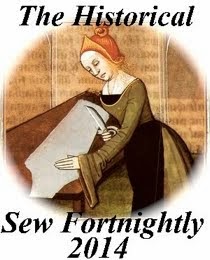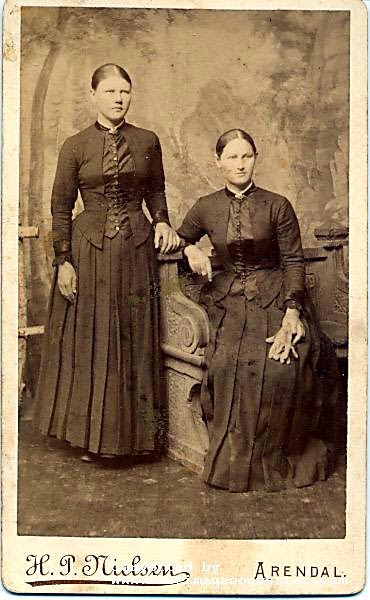 |
| Ingredients for Tuff-Taffity Cream. Photo: Elizabeth Urbach |
The Challenge: # 18 -- Descriptive Food We all know
those recipes that come attached to interesting and imaginative names - slumps,
crumbles, buckles, trifles, flummery. Pick a historic recipe that has a
descriptive title.
There were so many interesting-sounding
recipes that I considered for this challenge, but I decided on Tuff-Taffity
Cream because I wanted to know why it had that name! Other descriptive recipe titles are a bit
more clear, but this one ... I have read about a fabric called "taffety"
– which became our modern "taffeta" – but I don't know what period
taffety was like, and why a custard would be called by that name. And the "tuff" part? Modern taffeta is a stiff, glossy fabric that
is used to make women's formal gowns, but it's also lightweight and can be
luxurious, and I thought that might be the clue to the relationship between the
fabric and this recipe.
The Dictionary of Traded Goods and Commodities defines "tuftaffeta" (also spelled "tufted tafata") as a silk taffeta (a fabric which has a smooth finish), that has a pile or nap arranged in tufts, to create a decorated pattern: "creating a pile and then cutting some of it only so as to form a pattern was very popular in the sixteenth century and early seventeenth, but largely died out thereafter as different ways of finishing became available. ... Tuftaffetas were normally made of silk and were therefore valued highly, but some were made of half-linen." So, "tuff-taffity" is really "tufted taffeta", which is a decorative silk fabric. I guessed that the custard called "tuff-taffity cream" must have a silken, "tufted" texture, then. I don't know that I've ever eaten a food with a "tufted" texture!
The Dictionary of Traded Goods and Commodities defines "tuftaffeta" (also spelled "tufted tafata") as a silk taffeta (a fabric which has a smooth finish), that has a pile or nap arranged in tufts, to create a decorated pattern: "creating a pile and then cutting some of it only so as to form a pattern was very popular in the sixteenth century and early seventeenth, but largely died out thereafter as different ways of finishing became available. ... Tuftaffetas were normally made of silk and were therefore valued highly, but some were made of half-linen." So, "tuff-taffity" is really "tufted taffeta", which is a decorative silk fabric. I guessed that the custard called "tuff-taffity cream" must have a silken, "tufted" texture, then. I don't know that I've ever eaten a food with a "tufted" texture!
Food historian Ivan Day
contributed his opinion on the subject on his blog, Historic Food: "Quince
marmalade or sliced quinces were added to apple pies and taffety tarts to
improve their flavour. The taffety tart filling ... also contains preserved
orange.Taffety tarts borrowed their name from the textile material called
taffety, but why this was the case is not understood. A more elaborate taffety
called tuff-taffety was popular for making hats in the Tudor period. Hannah
Wooley, the seventeenth century writer on domestic matters gives a recipe for a
tuff-taffity cream, which is a smooth frothy cream garnished with red current
jelly." So there you have it! Maybe
"tufted" is the same as "frothy"? Let's find out.




















